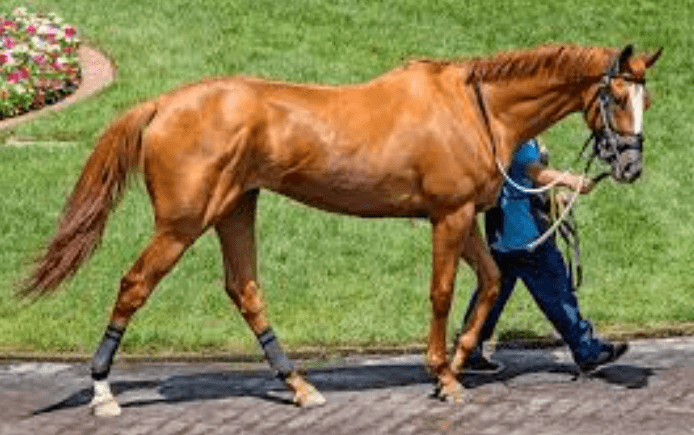In horse racing, speed, stamina, and temperament often seem like natural gifts—but much of a horse’s potential is inherited through its pedigree. Understanding racehorse bloodlines is both an art and a science, allowing owners, trainers, and breeders to predict performance, make informed breeding decisions, and identify future champions.
This article explores the importance of pedigrees, how bloodlines influence performance, and what to look for when assessing a racehorse’s lineage.
1. What Is a Racehorse Pedigree?
A pedigree is a record of a horse’s ancestry, typically spanning three to five generations, detailing:
- Sire (Father) and Dam (Mother): Direct parents, whose traits strongly influence the offspring.
- Grandsire and Granddam: Secondary lineage that contributes to genetics and performance potential.
- Extended Bloodlines: Historical champions and notable traits in the family tree.
Pedigree charts help trace inherited characteristics, from speed and endurance to temperament and conformation.
See also: Horse Racing for Charity: The Philanthropic Side of the Sport
2. The Role of Bloodlines in Performance
Bloodlines are crucial because certain traits are genetically transmitted:
- Speed and Stamina: Horses from sprinting or endurance-focused ancestors often inherit those traits.
- Temperament: Calm, focused, or aggressive behaviors can be passed down through generations.
- Soundness and Durability: Genetic predisposition to strong bones, joints, and cardiovascular health is key for racing longevity.
- Track Specialization: Some bloodlines perform better on dirt, turf, or synthetic surfaces.
Studying bloodlines allows breeders and trainers to predict potential performance and minimize risks.
3. Famous Sires and Dams
Certain sires (stallions) and dams (mares) have left lasting marks on horse racing:
- Northern Dancer: Legendary sire known for passing on speed and agility to generations of champions.
- Galileo: Modern champion whose offspring dominate European racing.
- Zenyatta’s Lineage: Known for stamina, temperament, and racing intelligence.
- Secretariat’s Family: Renowned for extraordinary speed and competitive spirit.
Understanding the success of these bloodlines helps guide breeding and purchasing decisions.
4. Pedigree Analysis for Breeders and Owners
Pedigree analysis is essential for maximizing racing potential and investment value:
- Matching Traits: Breeders pair horses to combine complementary strengths (e.g., speed from sire with stamina from dam).
- Avoiding Weaknesses: Knowledge of potential hereditary issues such as bone fragility or health risks prevents future problems.
- Predicting Market Value: Horses from prestigious bloodlines command higher prices at sales and auctions.
Expert analysis balances genetics, performance history, and market trends.
5. Tools for Studying Pedigrees
Modern tools make pedigree research more accessible:
- Online Databases: Sites like Equineline and BloodHorse provide detailed charts and statistics.
- Performance Records: Comparing race results of ancestors reveals trends and potential.
- Genetic Testing: DNA analysis can detect inherited traits and improve breeding accuracy.
These resources allow owners and breeders to make data-driven decisions about future champions.
6. Beyond Genetics: Environment and Training
While pedigree is critical, it is not the sole determinant of success:
- Training Methods: Expert coaching, conditioning, and strategy enhance natural abilities.
- Nutrition and Care: Proper feeding and veterinary care support peak performance.
- Mental and Emotional Development: Horses with strong bloodlines still need confidence, discipline, and mental resilience to succeed.
A great racehorse is the result of both genetic potential and optimal management.
Conclusion
The art of understanding racehorse pedigree lies in decoding the stories within bloodlines. By studying ancestry, performance trends, and genetic traits, owners, breeders, and trainers can maximize a horse’s potential, make strategic breeding decisions, and identify future champions.
In the competitive world of horse racing, knowledge of pedigrees transforms the sport from mere chance to an informed pursuit of equine excellence, blending science, strategy, and tradition.
